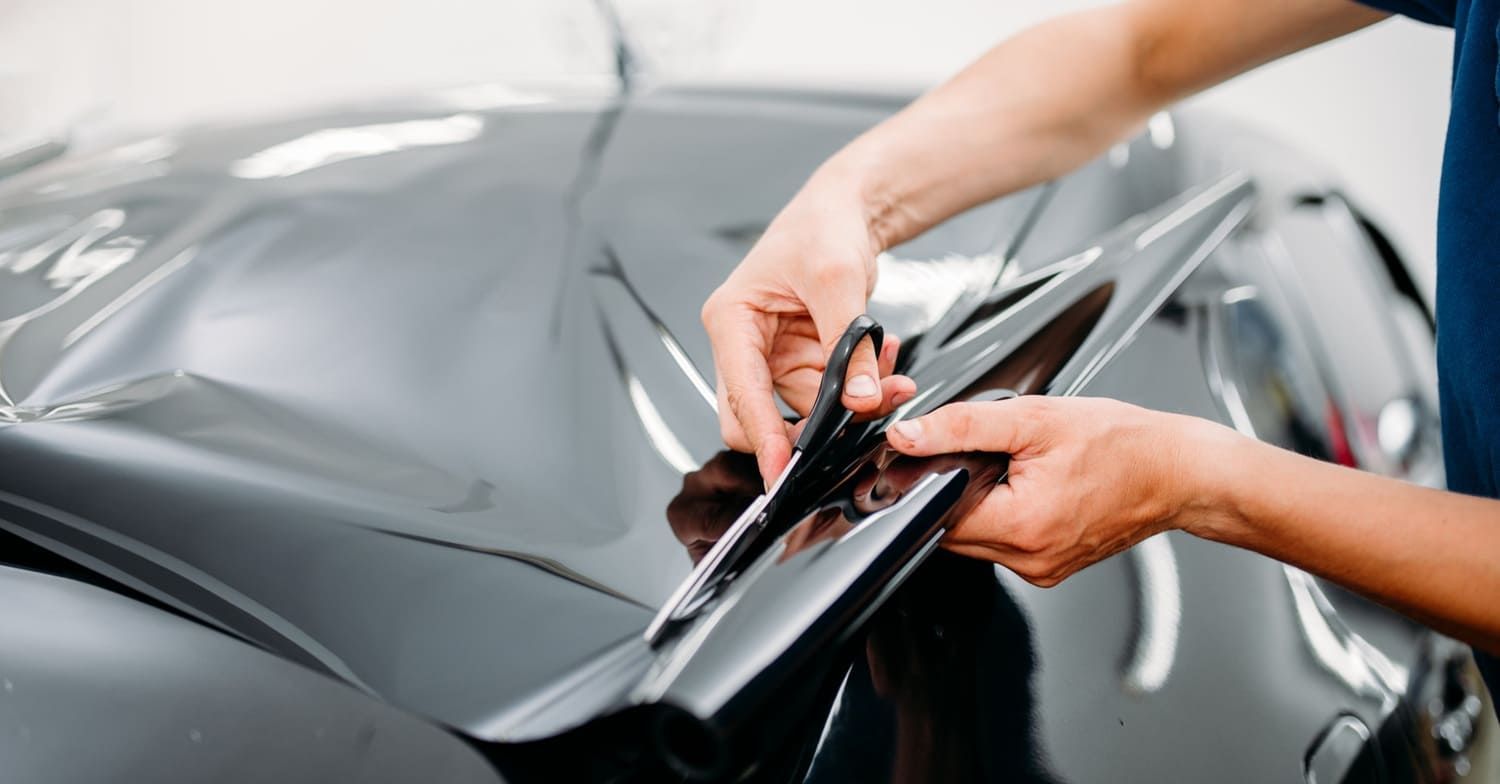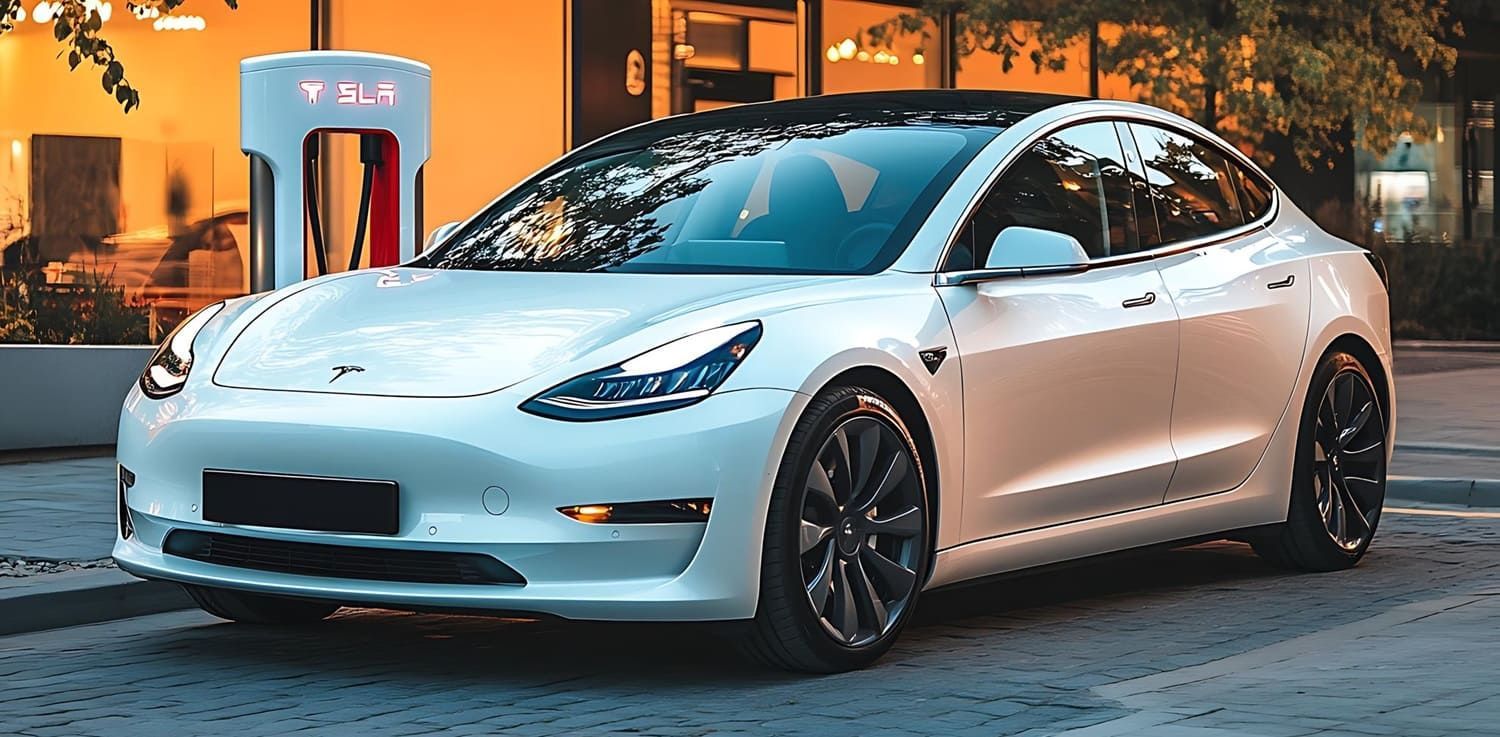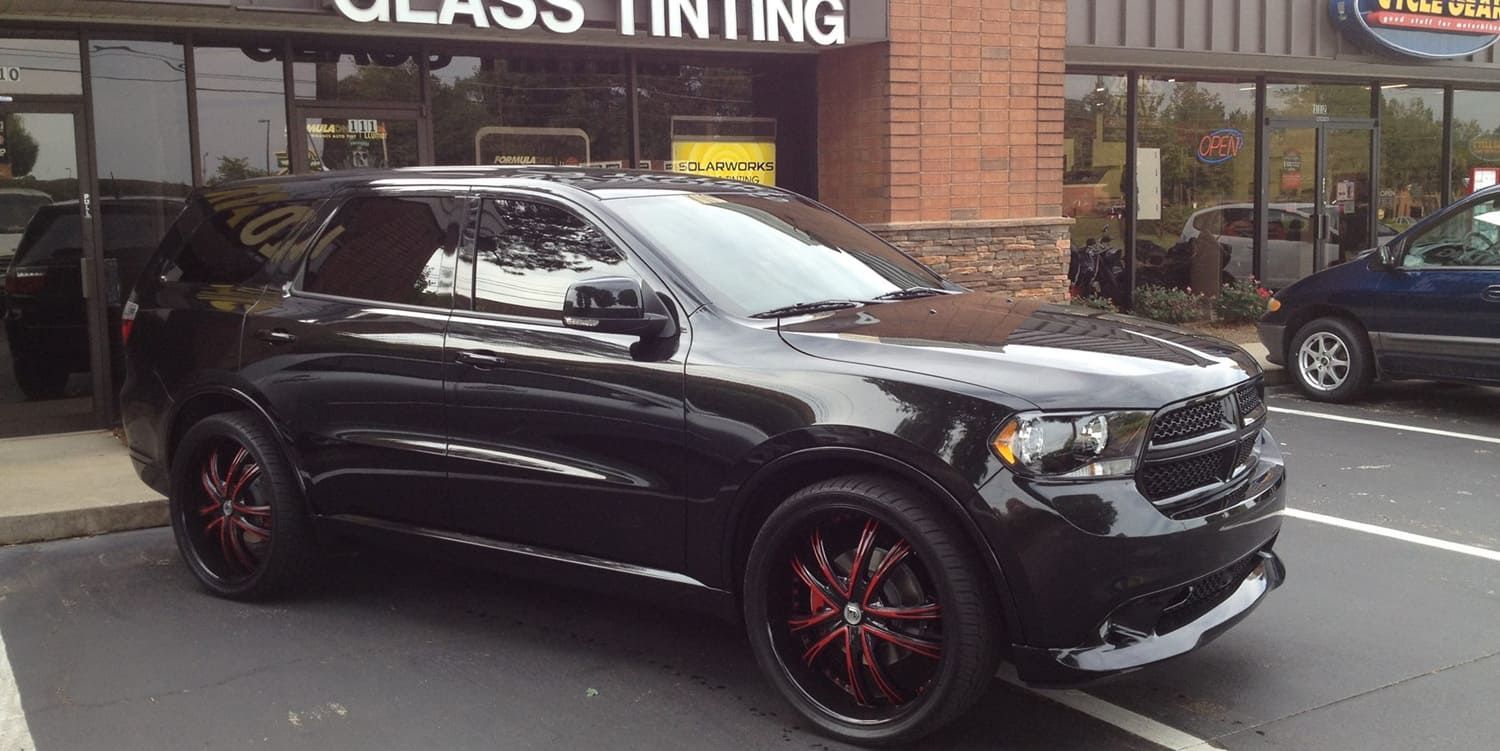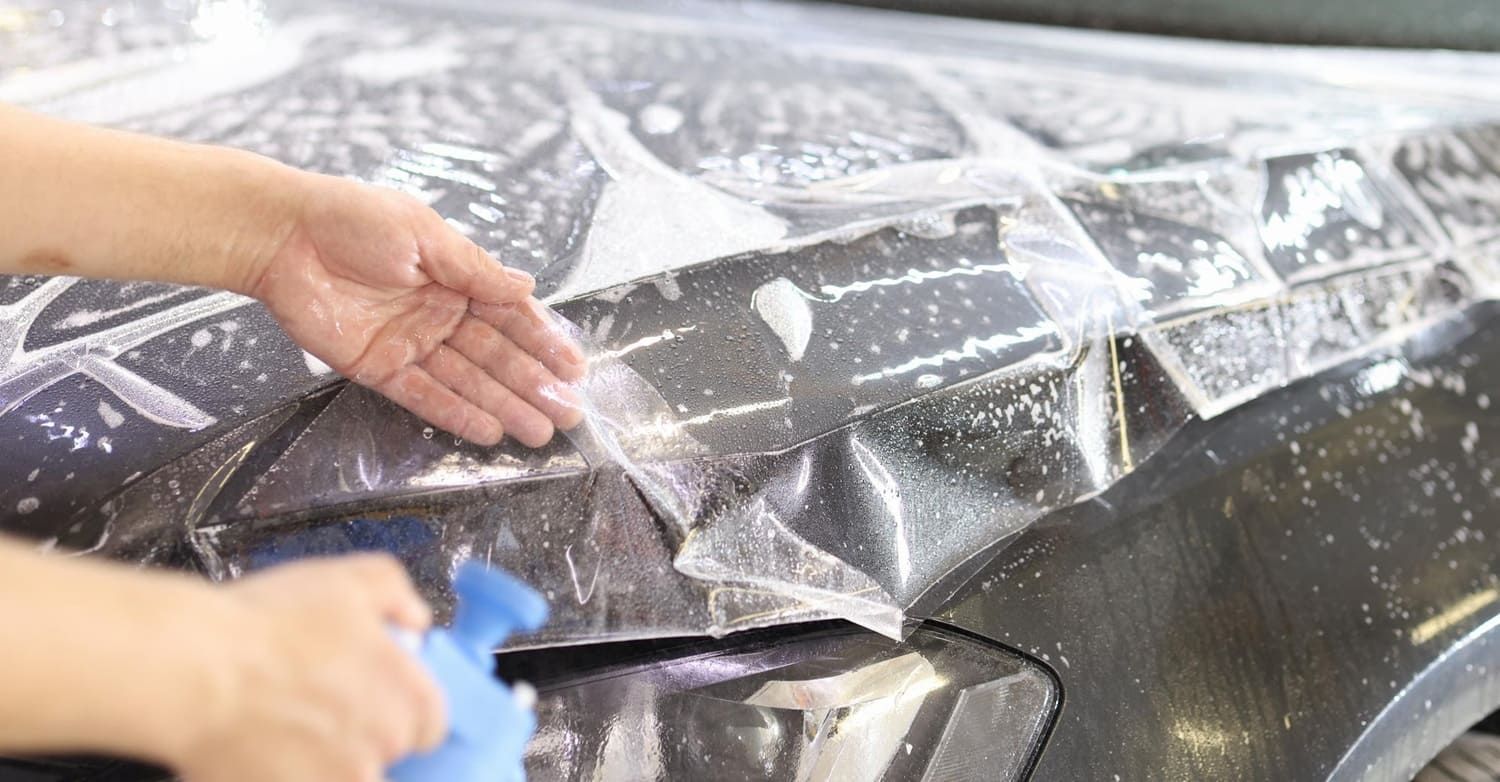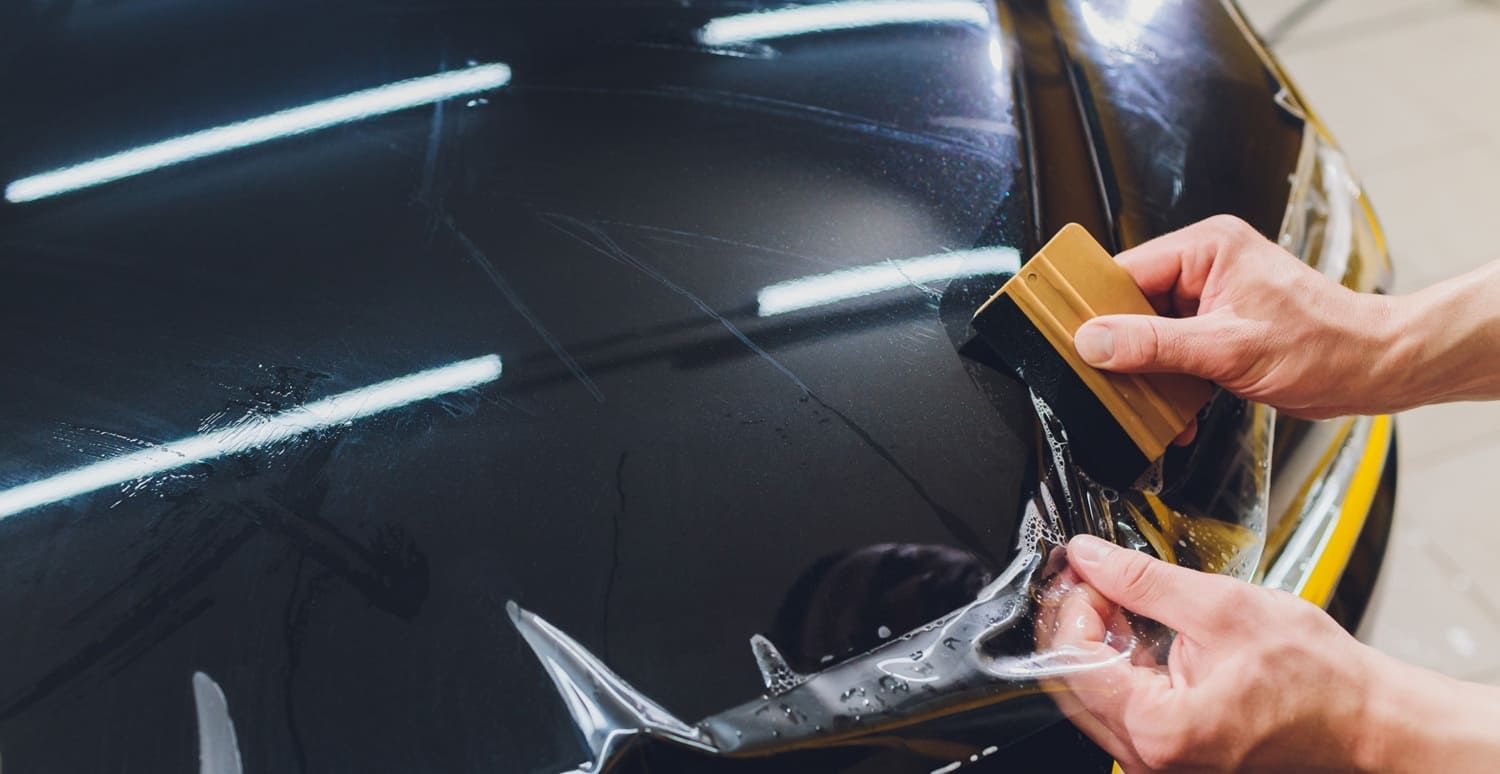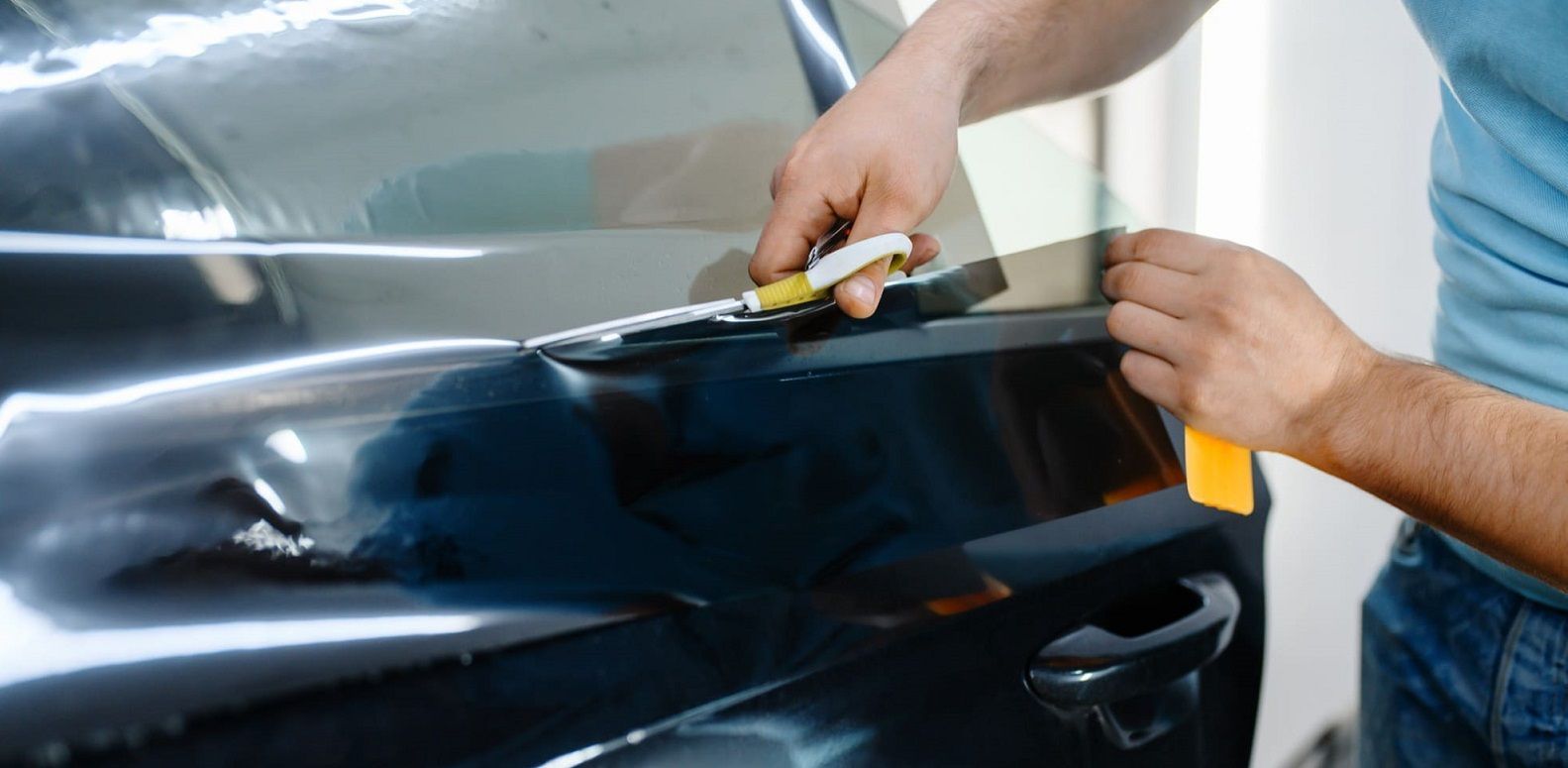The History Of Residential Window Film
Did you know people use to have to paint their windows to keep out the sun? Continue reading to find out the fascinating history of residential window film.
The global window film market in 2018 was worth $9.2 billion. It expected to grow at 5.9% annually until 2025.
When you see a tinted car and home window you may be tempted to think that it is a recent development. But interestingly enough, car and residential window film technology date back centuries.
For the curious soul, it is essential to learn how the product came to be. Here is the intriguing story of how window film technology became part of our everyday life.
The Ancient Beginnings
Since ancient times, colored glass has been in existence. In history both the Romans and Egyptians made small objects out of colored glass.
The Egyptian and Mesopotamian people created a tinting process for making colored beads. In 100 A.D., the Romans began using clear glass to make windows.
As the medieval times rolled around civilizations, the middle east and Europe had discovered how to color glass as well. They used metallic oxide powders to make stained glass windows for churches, mosques, and palaces.
The early understanding of working with stained glass eventually grew into the tinted glass techniques we use today.
A Historic Breakthrough
As man continued to experiment with staining windows over the years, it still remained a niche market. The reason for this was because it was costly and production was very manual.
In the rare cases where some people could afford it, glass staining was not done at scale.
The year 1902 is where the first breakthrough for what would eventually become window film was made.
That breakthrough came via Irving W. Colburn who patented the sheet glass drawing machine. Irving’s invention set the stage for the mass production of glass. His brainchild would go on to be the industry standard for several decades.
Since Irving’s process had moved the production of glass to the mainstream, prices went down. As a result, the common man was able to use glass to make windows for the home as we know them today.
As time went by, people found other uses for glass including using them in motor vehicles. The more people used glass, the more they began to understand its interaction with the sun.
It soon became clear that windows increased the effect of the sun’s temperature. At this point people wanted help to avoid car interiors from heating up when left outside.
Homeowners also wanted a solution to help them reduce the indoor heat due to sunlight.
Factory Window Tints
The invention of the car changed the way of life from many people but it was not until the post-war period that cars came to the masses.
With many car owners grappling with the effect of the sun’s rays on glass, car manufacturers saw an opportunity to add value to their product. The result was the inclusion of factory window tint in new vehicles.
One effect that the manufacturers did not foresee was the high demand their factory tint would generate. Necessity is often said to be the mother of invention and invent car owners with no factory tint did.
Many people who wanted tint glass for cars opted for a spray-on one. Their option, however, did not succeed as intended.
Spray-on tint would be uneven in color, prone to streaking and was known to leave the window dark.
The Window Film Is Born
1966 marked the beginning of the window film era. The first generation of glass tint film was dye-based.
The new product consisted of a mist-deposited aluminum coating. To apply this film you pressed it on the window using transparent adhesive.
If you did it right, the film was meant to reflect the sun’s heat and light away from the treated window.
But things didn't go as planned and being the first generation of a new invention it had its flaws.
It did not reflect heat well, and instead, it ended up absorbing it in the vehicle. Another issue the first generation film had was that it would turn purple.
When left out in the sun, it developed bubbles and also didn't last very long. Despite these setbacks, manufacturers kept improving the product.
In 1969 manufacturers introduced clear security window film that held broken glass in place. The inspiration for this development was the terrorist bombings in Europe.
The energy crisis of the 1970s made people more sensitive to energy conservation. Researchers noticed this trend and developed low emission films.
Another trend that started due to the energy crisis was the use of window films in buildings to reduce energy bills.
The second generation window film hit the market in the early 1990s. This was a hybrid film consisting of a dye to absorb the sun’s heat and metallic particles to deflect the sun’s rays.
The improvement in quality led to an almost 50% reduction in heat which was great not just for cars but houses too.
Although it was a better product than the first generation, it still had issues to contend with. For example, the metallic particles being part of the product window film interfered with GPS and radio frequencies.
Residential Window Film as We Know It Today
They say progress is a process and window film technology was still in the process of getting better.
Due to the interference problem with the hybrid window film, manufacturers needed to come out with a better version.
Enter ceramic window film.
Ceramic window film is the latest development, and it solves the interference problem.
Ceramic lasts for a long time and rejects heat and ultraviolet rays as well. It leaves your window clear while still doing the job a window film is meant to do.
The Journey Continues
Window film technology has had a long-winded path through various periods leading up to what we have today. Due to the continuous investments in research, vehicular and residential window film is accessible to nearly everyone.
As manufacturers continue to work on better versions of the technology, it is exciting to see what might unfold.
Are you looking for quality window film?
SolarWorks Glass Tinting has decades of experience in the Window film industry. Contact us today to learn about the best type of window film for you.
